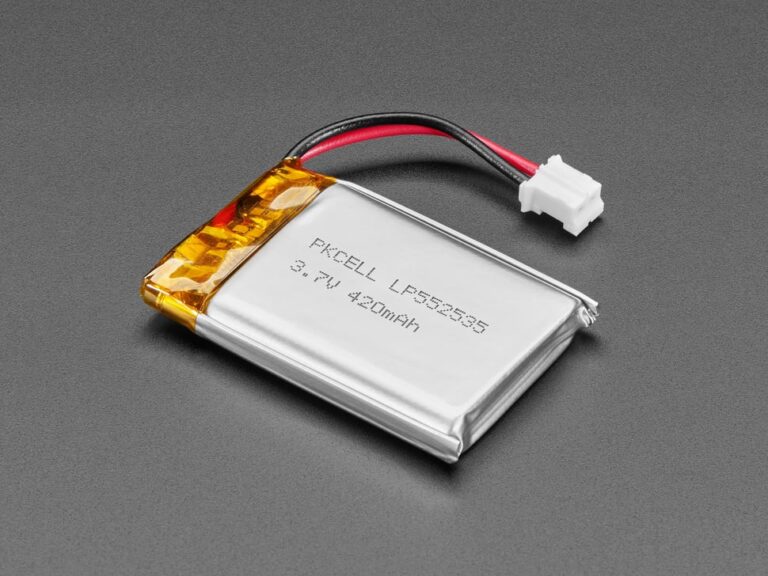Lithium batteries have become the backbone of modern technology, powering everything from smartphones to electric vehicles. However, their efficiency and performance are intricately tied to temperature regulation.
In this article, we delve into the critical role that temperature plays in the efficiency of lithium batteries, exploring optimal temperature ranges, thermal management strategies, and their implications across various industries.
Understanding Lithium Battery Chemistry
Lithium batteries operate on intricate chemical processes, where temperature acts as a crucial variable. Higher temperatures accelerate chemical reactions within the battery, increasing energy output but also accelerating degradation.
Conversely, colder temperatures slow down reactions, reducing performance and capacity. The delicate balance between these factors underscores the importance of maintaining optimal temperature conditions for lithium batteries.
Effects of Temperature on Battery Performance
Temperature exerts significant influence over various aspects of battery performance. At elevated temperatures, battery capacity may increase, but at the cost of accelerated degradation, shortening the battery’s lifespan. Conversely, colder temperatures can reduce capacity and output power, particularly during high-demand scenarios.
Moreover, temperature differentials during charging and discharging cycles can impact efficiency, leading to energy loss and reduced battery longevity. To stay updated, click here https://goldenmateenergy.com/blogs/goldenmate-blog/what-temperature-is-bad-for-lithium-batteries for the latest news.
Optimal Temperature Ranges for Lithium Battery Efficiency
Determining the ideal temperature range for lithium battery operation depends on several factors, including battery chemistry and application. Generally, lithium-ion batteries perform optimally within a temperature range of 15-25°C, while exposure to temperatures exceeding 45°C can lead to rapid degradation.
Lithium-polymer batteries exhibit similar temperature sensitivities, albeit with slightly broader optimal ranges. However, ambient temperature fluctuations and operational conditions necessitate tailored approaches to maintain optimal temperatures effectively.
Thermal Management Strategies for Lithium Batteries
Managing temperature within lithium batteries encompasses both passive and active techniques. Passive strategies involve insulation materials and heat sinks to dissipate excess heat, while active methods employ cooling systems and thermal regulation algorithms to maintain optimal temperatures. Advancements in materials science and engineering have led to innovative thermal management solutions, such as phase-change materials and microfluidic cooling, enhancing battery performance and safety.
Practical Applications and Industry Implications
Optimal temperature control holds immense significance across various industries reliant on lithium batteries. In electric vehicles, maintaining battery temperature within the optimal range is crucial for maximizing range and battery longevity. Similarly, consumer electronics manufacturers prioritize thermal management to ensure consistent performance and safety. Furthermore, renewable energy storage systems benefit from temperature-regulated batteries, optimizing energy storage and grid stability.
Challenges and Future Directions
Despite significant advancements, challenges persist in achieving consistent temperature control for lithium batteries. Managing temperature differentials within large battery packs remains a technical challenge, particularly in electric vehicles and grid-scale energy storage systems. Future research endeavors aim to address these challenges through novel thermal management technologies and enhanced battery designs, paving the way for more efficient and sustainable energy storage solutions.
Conclusion
Optimal temperature regulation is paramount for maximizing the efficiency and longevity of lithium batteries. Understanding the intricate interplay between temperature and battery performance is crucial for developing effective thermal management strategies. By leveraging innovative technologies and addressing existing challenges, we can unlock the full potential of lithium batteries, driving forward the transition towards a cleaner and more sustainable energy future.

